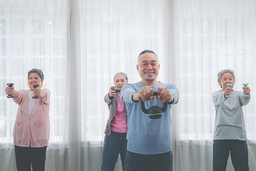Walking Keeps You From Being "Decrepit"
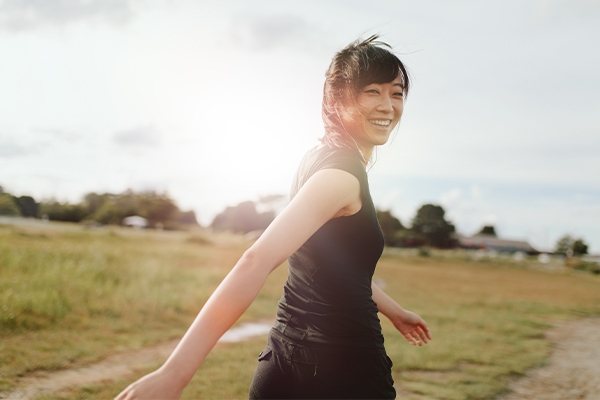
Decrepit, also known as Jompo, which translates as "very old and weak," has gone viral among Indonesian youths. This word is used to characterize one's own or friends' less-than-ideal physical condition. Easily tired, easily hurt, and easily out of breath after doing light physical activity.
Why should we move?

Youth brings numerous changes—physical, mental, and social. They're all in a lot of difficulties. During this period, the ability to think abstractly, make plans, and set long-term goals improves.
To adapt and live a happy life, young people must understand themselves and how the world works. Being silent, inactive, and passively observing, whether on social media or the internet, would not help.
A genuine engagement experience will have a larger impact. It will help them build their true character, not a fake one; hence, young people must be active.
Adrenaline, which peaks in youth, helps people be eager to try new things. Competing, being passionate about a specific sport or trying them all, experiencing nature, or, at its most basic, playing freely with friends are all examples. All of these require mobility.
Walking is a basic exercise that has proven to be extremely effective. If a sedentary lifestyle—too much sitting, lying down, or being in one position for lengthy periods of time—poses many physical risks, walking every day does the opposite.
Various benefits of walking
1. Burn calories
Don't be startled if the snug pants you usually wear start to feel loose after a while of walking. Walking helps you shed body fat and enhances your body's insulin response.
Walking every day will boost your metabolism by burning calories and keeping your muscles toned.
2. Strengthens the heart
According to a study, walking 1,000 steps per day can reduce systolic (peak) blood pressure by up to 0.45 points. That suggests that walking 10,000 steps each day will lower your blood pressure by roughly 2.25 points.
Walking can also lower your risk of cardiovascular disease by up to 30%.
3. Protects the bones
Walking on a daily basis benefits not only the muscles but also the bones of the lower body. Trained bones are typically stronger and healthier than untrained bones.
A 2022 study discovered that long hours of brisk walking can effectively boost bone density.
4. Relieves joint discomfort
Walking might enhance blood flow to tense areas. It also helps to strengthen the muscles around the joints. According to a study, walking for at least 10 minutes a day can help avoid disability and arthritic pain.
5. Improves the immune system
The threat of disease caused by viruses appears to be endless. As a result, we must strengthen our immune systems. Walking, for example, has been shown in studies to boost the body's immune cells.
Someone who walks persistently has been shown to recover from illness faster.
6. Stimulates the digestive system
A walking habit has incredible benefits for the digestive system. Walking that activates the abdominal muscles stimulates the digestive muscles as well. As a result, your stomach and other related systems work smoothly.
7. Enhances mood
According to studies, a 10-minute stroll can be beneficial. Walking outside while staring at the green surroundings relaxes the nervous system, allowing the anger to subside.
Walking also helps lower the stress hormone cortisol.
8. Lowers the chance of chronic illness
Walking consistently, according to research published in 2022, can reduce chronic diseases such as obesity, sleep disturbances (apnea), GERD, major depressive disorder, diabetes, and hypertension.
Just 2 minutes of walking after eating can help reduce blood sugar levels.
9. Leg shaping
If you're unhappy with the form of your legs. For example, because it appears to be very thick, large, or curvaceous. Start walking diligently, and you will see the results in a few weeks.
You can also mix walking with cycling, jogging, or floor workouts to tone and improve your leg muscles.
10. Brings up creative thoughts
Try walking if you're stuck or having difficulty solving a problem.
According to one study, people who thought while walking were able to come up with more creative answers than people who thought while sitting.
Walking as exercise
Start walking for at least 30 minutes per day to reap the benefits listed above. You can split this time into two or three sessions. Adjust it to your everyday routine.
Consult a doctor if you have a medical issue that prevents you from walking for that long.
Make walking a more pleasurable workout. Using a step meter or pedometer, for example.
Many pedometers are now smart and fashionable. Choose your favorite. Day by day, keep track of your development and address your own challenges.
Consider the following when making walking a sport:
1. Proper equipment
Wear shoes that fit properly and are comfy on your feet. Shoes that are too wide or too tight might cause foot problems or blisters.
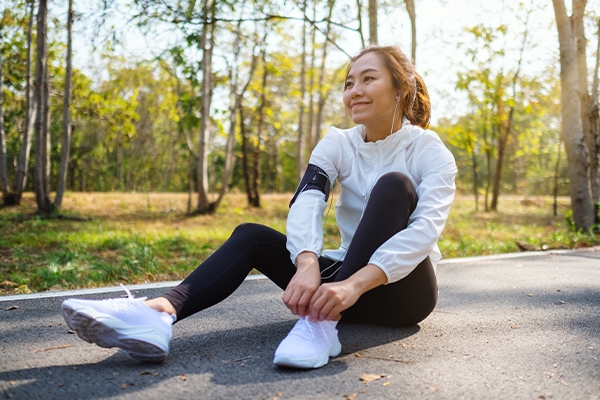
Wear loose-fitting or sweat-wicking clothing. Use sunscreen if you want to run from early in the morning until the afternoon. If you wish to run at night, wear brightly colored clothing or reflective tape to make yourself visible.
2. Choose a path that is both comfortable and safe
Avoid routes with no sidewalks or walkways that are strewn with cracks and potholes or are blocked by low branches or traffic signs.
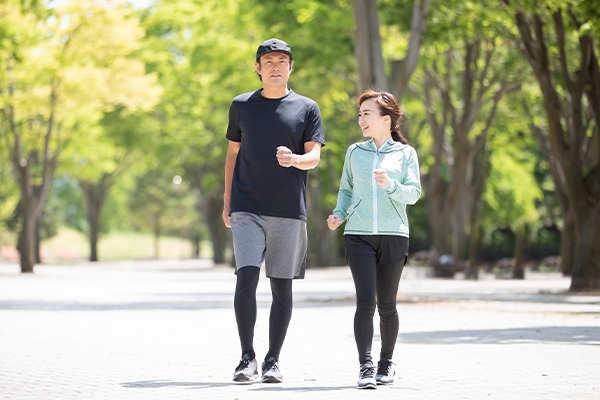
We recommend exercise facilities such as stadiums, jogging tracks, and parks.
3. Warmup

Do warm-up movements to prepare your body. You can also stretch first. Start by walking slowly for 10 minutes.
4. Adopt the correct walking posture
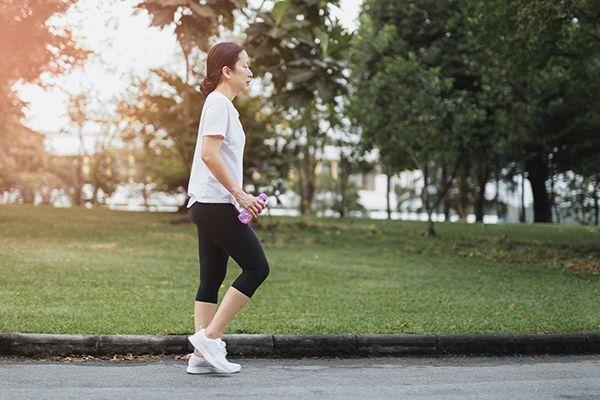
- Keep your head straight and look forward.
- Relax your neck, shoulders, and back.
- Swing your arms freely (bend your elbows slightly).
- Tighten your abdominal muscles while keeping your back straight.
- Walk in a consistent rhythm.
5. Cool down and stretch
Do cooling movements for 10 minutes. Let your muscles relax and relax again.

If you haven't stretched during your warm-up, you can do so after your cool-down.
If you have questions related to motor health, please contact us.



